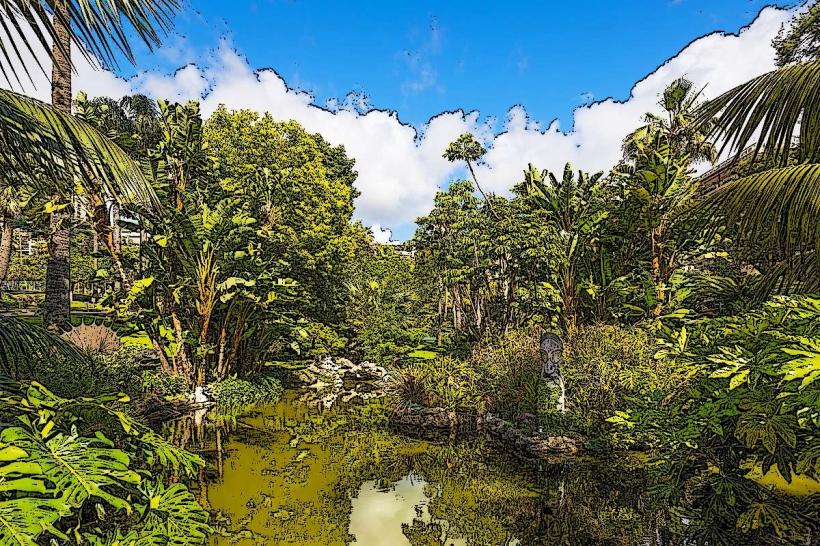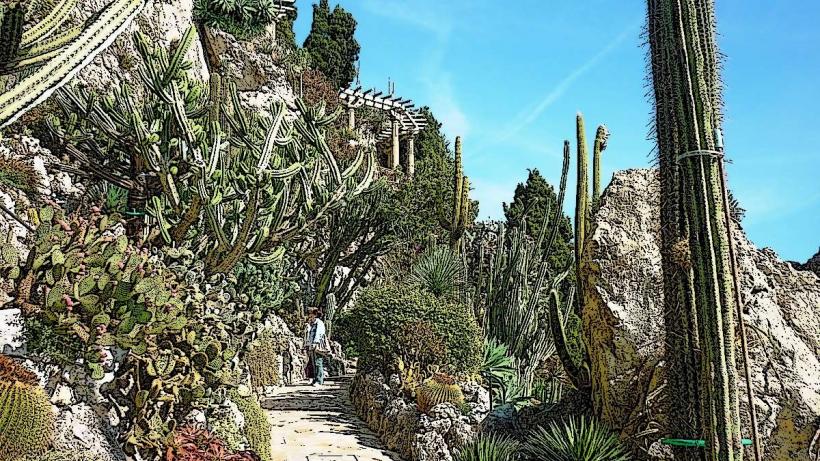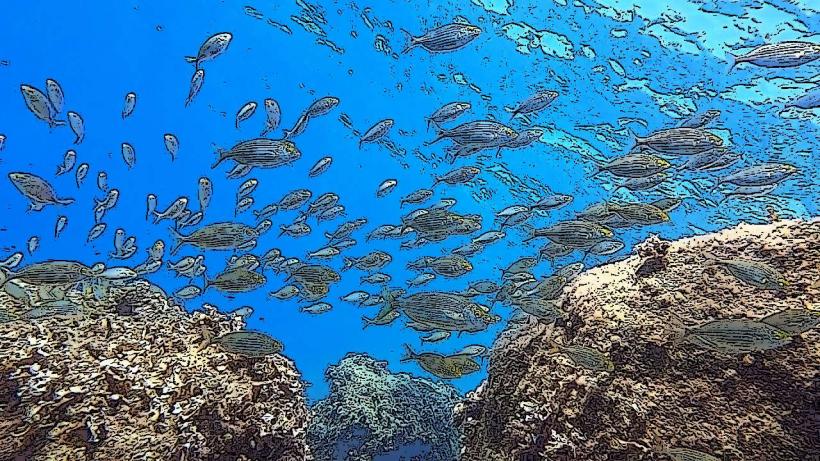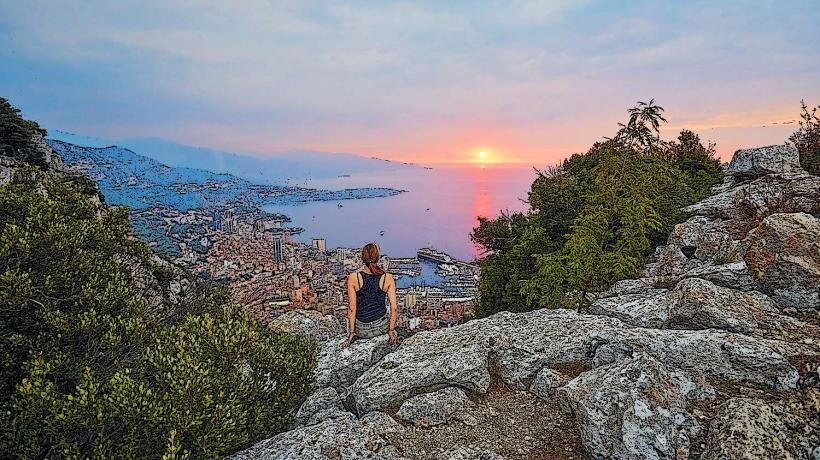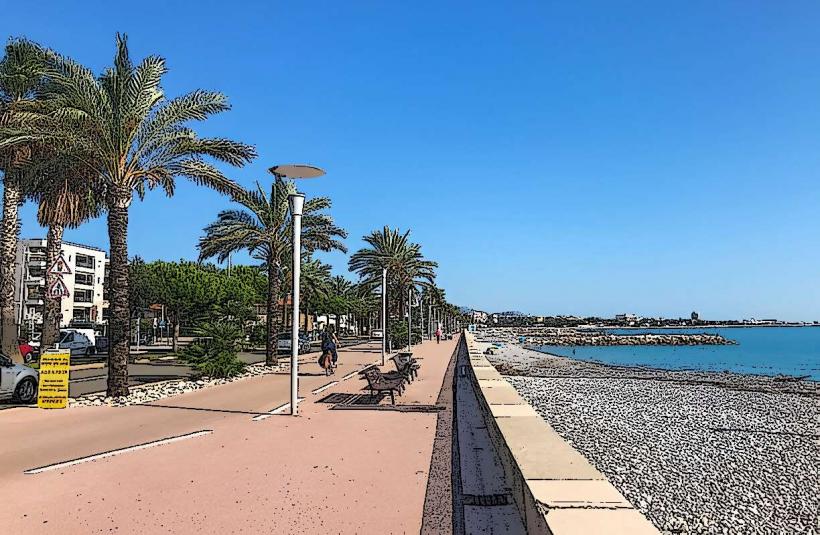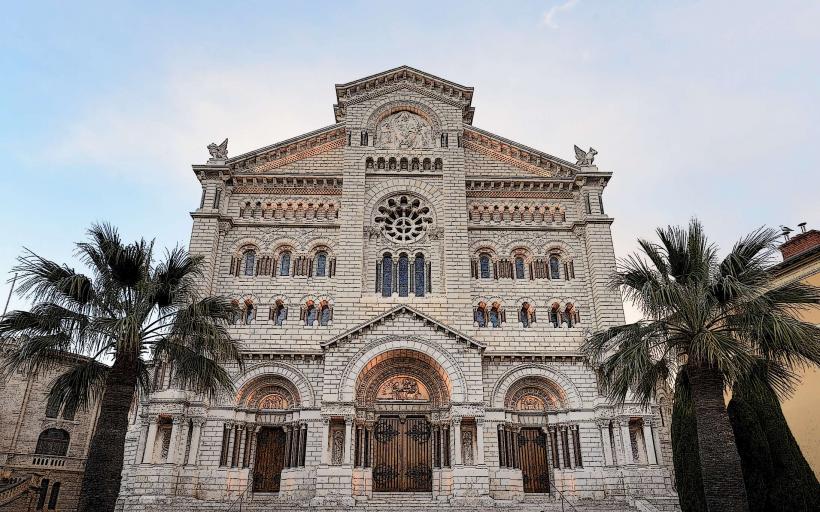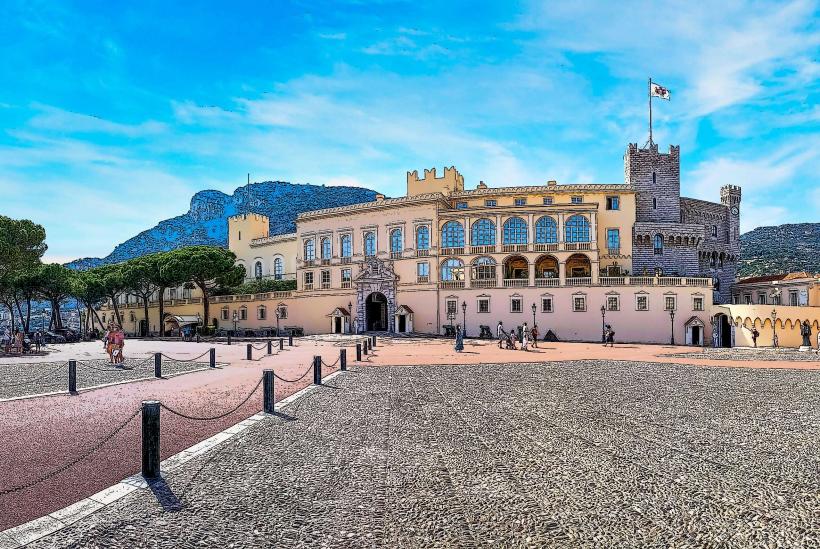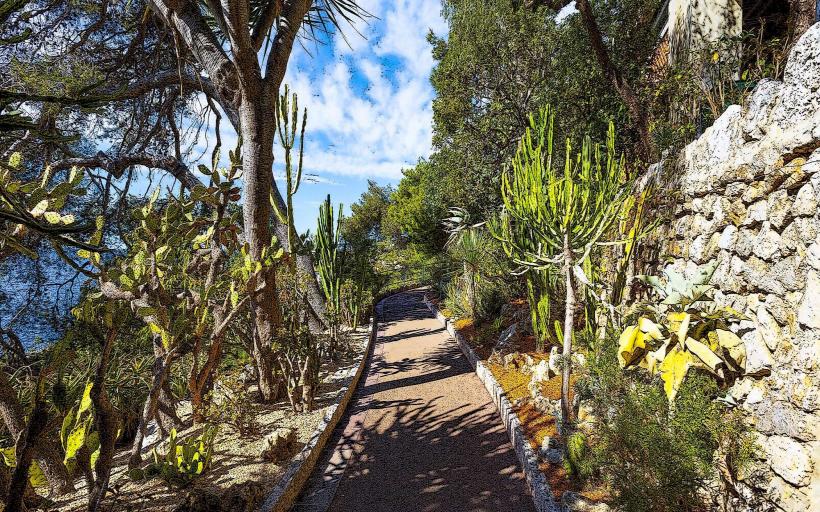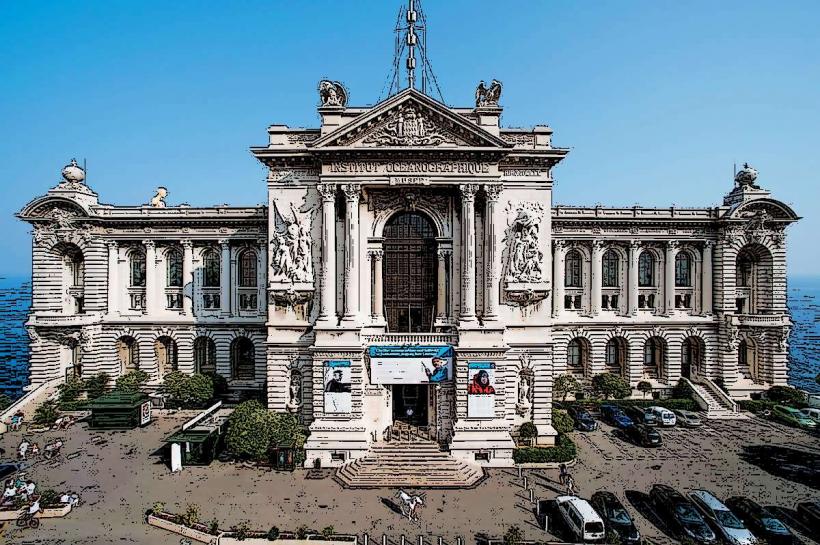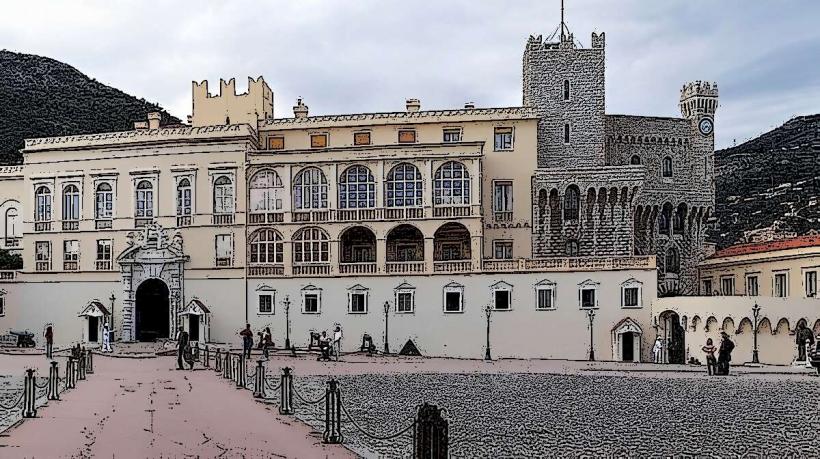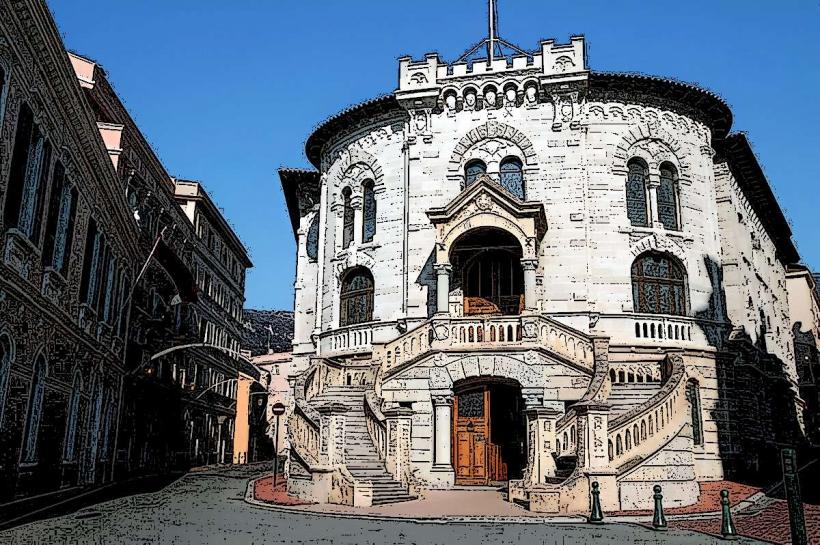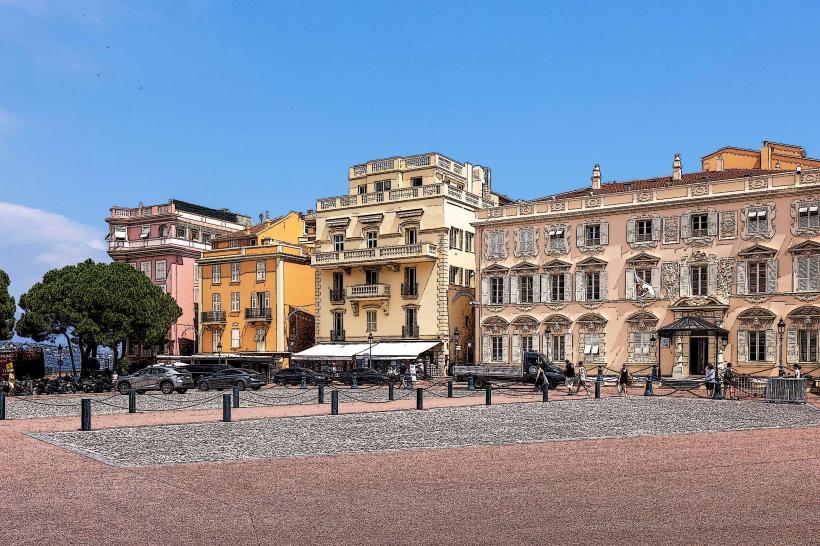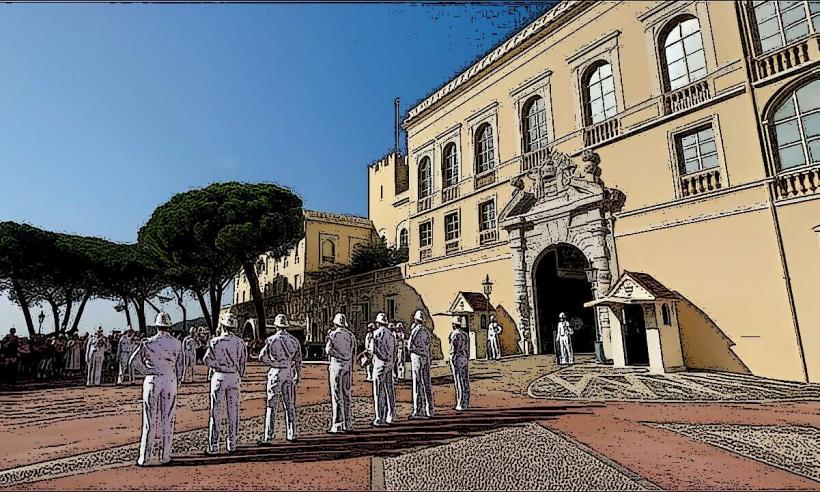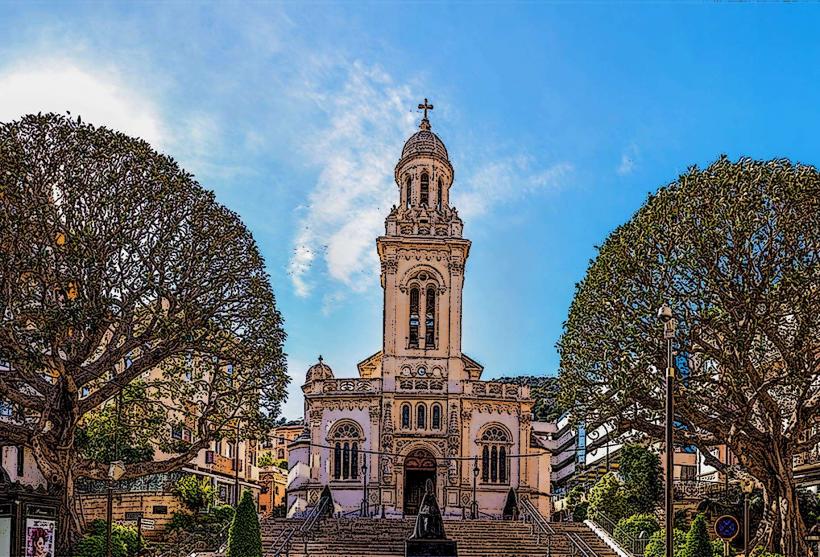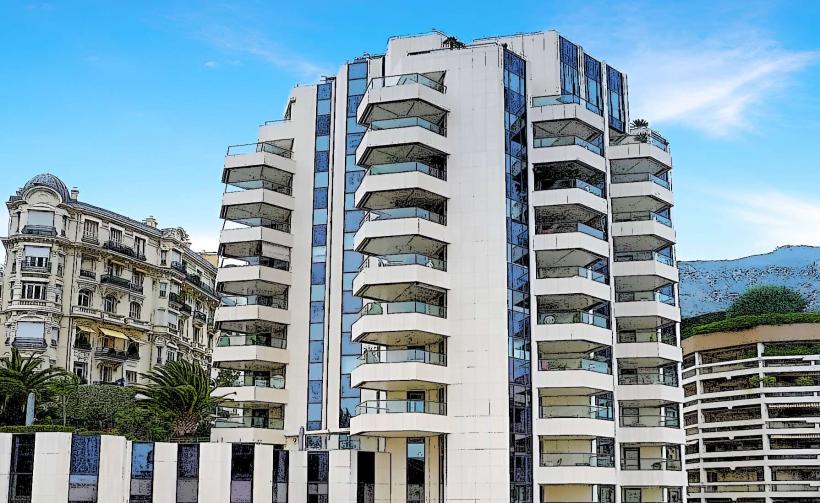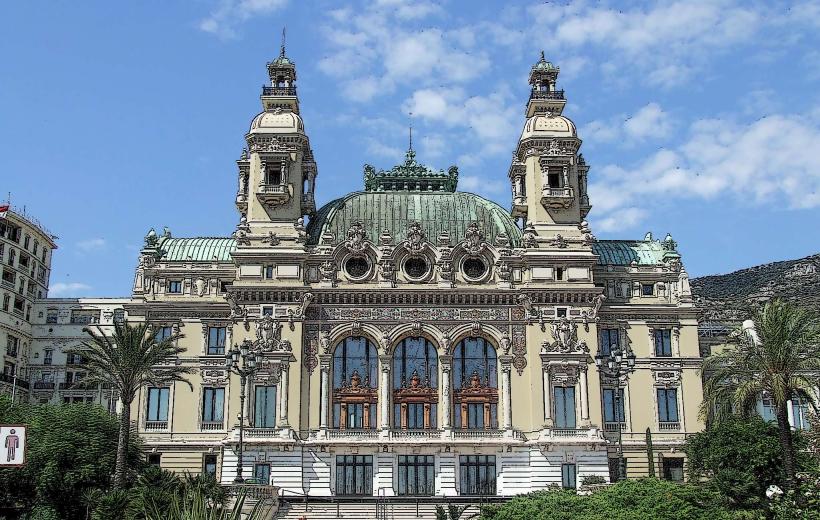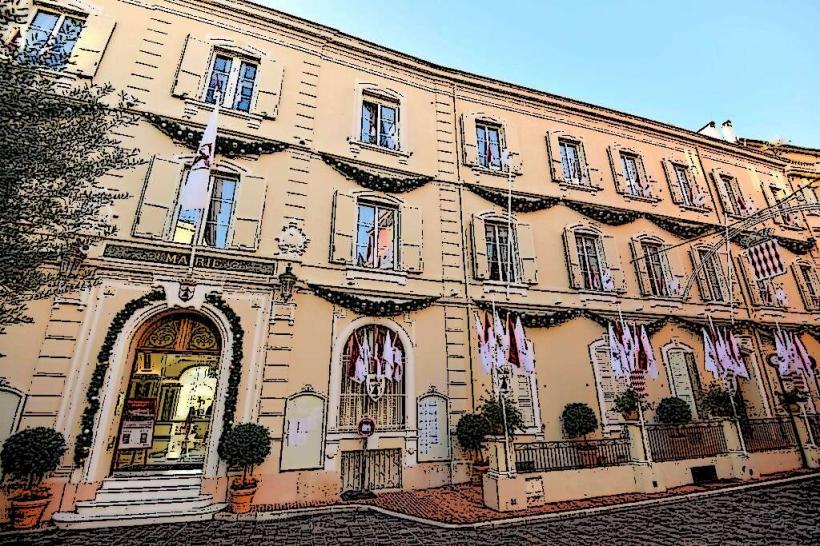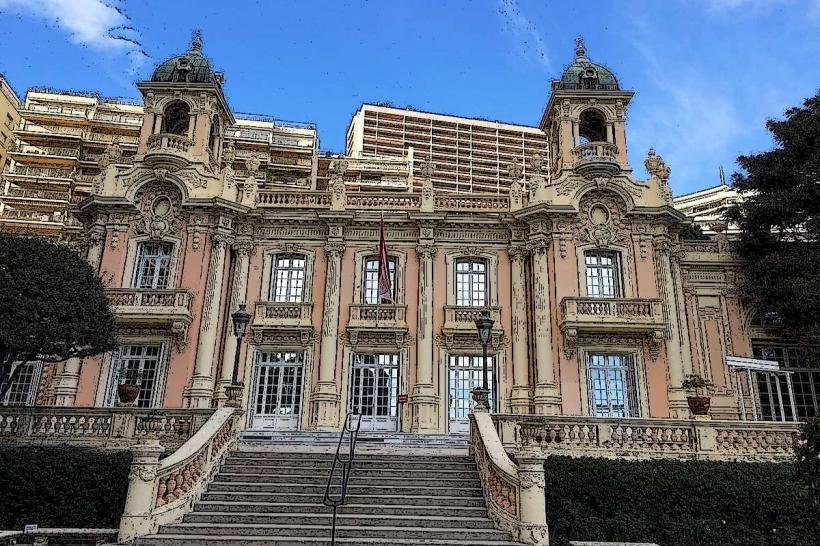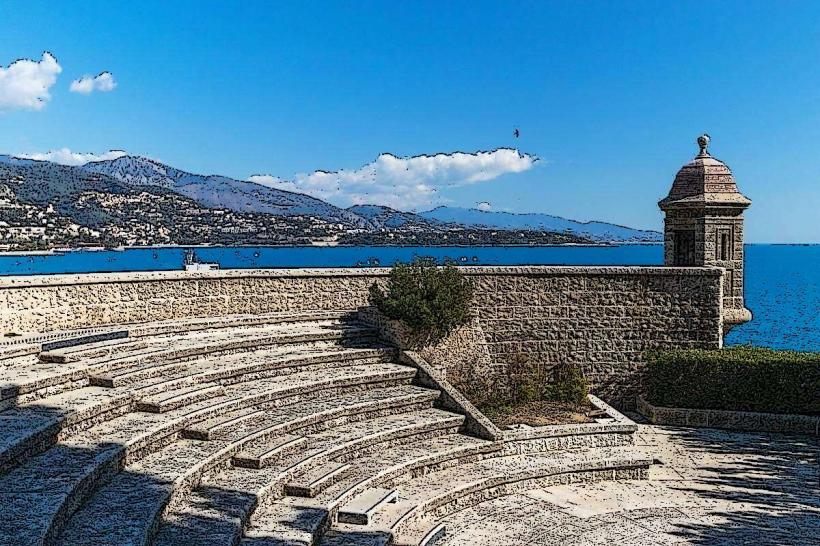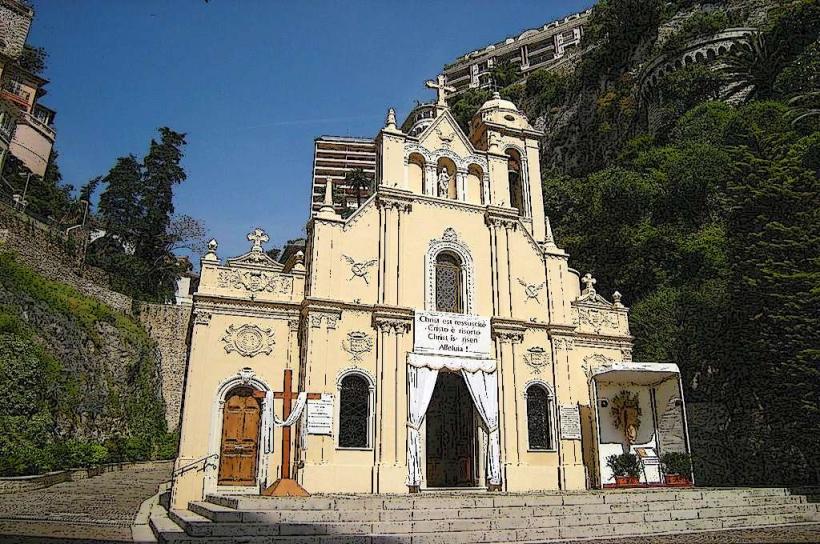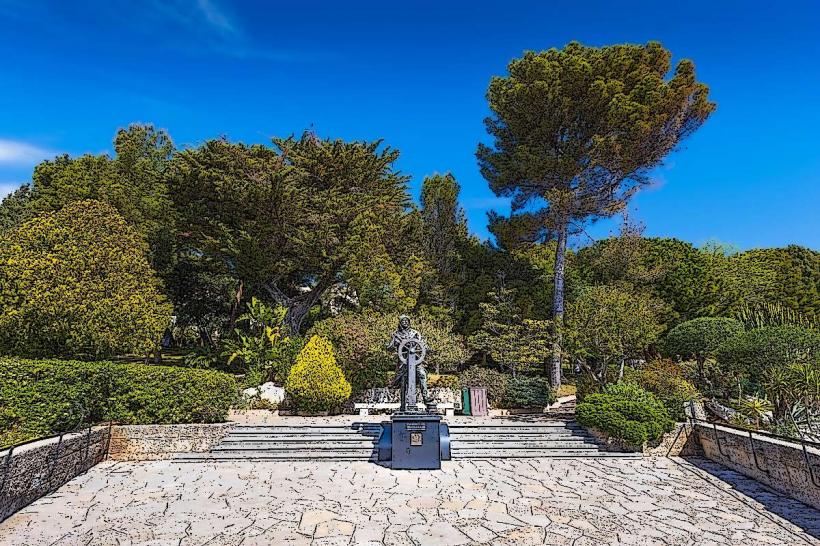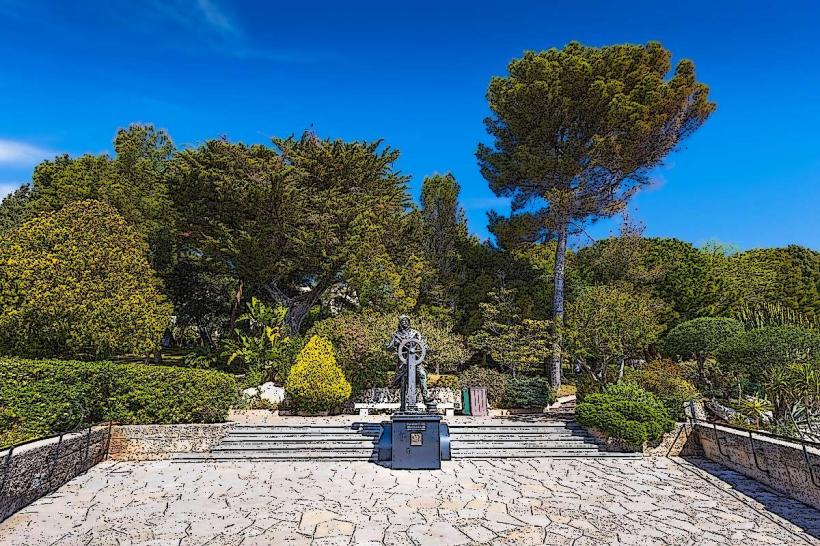Information
Landmark: Museum of Prehistoric AnthropologyCity: Monaco Ville
Country: Monaco
Continent: Europe
Monegasque Heritage Museum (Musée d’Anthropologie Préhistorique)
Location: Monaco-Ville, Monaco
Significance: The Monegasque Heritage Museum, also known as the Museum of Prehistoric Anthropology (Musée d’Anthropologie Préhistorique), is a cultural institution dedicated to preserving and showcasing Monaco’s prehistoric and cultural heritage. It is located in the heart of Monaco-Ville, the old town of Monaco, and offers visitors a unique insight into the early history of the region, its people, and its evolution.
Historical Overview
Foundation:
- The museum was founded in 1902 by Prince Albert I of Monaco, a notable figure who was deeply interested in science, anthropology, and archaeology.
- The establishment of the museum was part of Prince Albert I's broader efforts to promote Monaco's scientific and cultural development, reflecting his interest in the natural world and history.
Focus on Prehistory:
- The museum’s main collection is centered on prehistoric anthropology and focuses on the early inhabitants of Monaco and the surrounding regions. It holds an important collection of archaeological artifacts that provide valuable insights into prehistoric life.
Prince Albert I’s Contributions:
- Prince Albert I’s scientific expeditions to various parts of the world, including Africa and the Mediterranean, enriched the museum’s collection and positioned it as a key center for the study of prehistoric and anthropological subjects in Monaco.
Exhibitions and Collections
Prehistoric Artifacts:
- The museum showcases a variety of prehistoric tools, fossils, and artifacts from the Paleolithic, Mesolithic, and Neolithic periods. These collections offer insights into the daily life, customs, and survival strategies of the early humans who inhabited the region.
- Among the most notable pieces are stone tools, ceramics, and bone remains that have been uncovered in the area surrounding Monaco and the French Riviera.
Archaeological Finds:
- The museum features archaeological finds from significant sites in the region, including cave paintings and carved objects that represent early human artistic expression.
- The museum’s collection also includes fossilized animal remains, which provide further context to the early environment in which these prehistoric communities lived.
Human Evolution:
- The museum presents the evolution of humans, particularly focusing on how early humans adapted to their environment over time. Exhibits explore Neanderthal and early Homo sapiens life, with displays of early human skeletal remains and other anthropological materials.
Historical Context of Monaco:
- The museum also places its prehistoric collections within the broader historical context of Monaco. The exhibitions highlight the evolution of human settlement in the area and the development of the Monegasque culture, traditions, and identity.
- Visitors can learn how Monaco’s early history ties into the greater Mediterranean civilizations and the influence of different cultures on the region over millennia.
Architectural Features
Building Design:
- The Monegasque Heritage Museum is housed in a building that reflects the neoclassical architecture of Monaco-Ville, with a grand façade and elegant interiors. The building's design complements its prestigious role in the preservation and display of Monaco's cultural heritage.
Exhibition Spaces:
- The museum features multiple rooms and galleries that display its permanent and temporary exhibitions. The interior spaces are well-lit and designed to allow for easy exploration of the collection, with informative panels and displays that guide visitors through the historical narratives.
Visitor Information
Opening Hours:
- The museum is typically open year-round, with a break during the off-season. Opening hours may vary, so it’s recommended to check ahead before visiting.
Ticket Information:
- Entrance to the Monegasque Heritage Museum is typically affordable, with discounts often available for students, children, and groups.
- As the museum is part of Monaco’s larger network of cultural institutions, visitors may also enjoy discounted or free access to other museums in the area with a combined ticket.
Educational Programs:
- The museum often offers educational programs for students, school groups, and visitors interested in learning more about prehistoric anthropology and archaeology. Special lectures, workshops, and guided tours are available by appointment.
Guided Tours:
- Guided tours are available in several languages, offering in-depth knowledge of the museum’s collections and the history of Monaco. These tours are led by experts in anthropology, archaeology, and the cultural history of the region.
Nearby Attractions
- Prince’s Palace of Monaco: The Prince’s Palace, the official residence of the Grimaldi family, is located nearby and offers tours of the royal apartments and the Palace grounds.
- Monaco Cathedral: The Monaco Cathedral, where many members of the Grimaldi family are buried, is located a short walk from the museum.
- Oceanographic Museum of Monaco: Another key museum dedicated to marine science and exploration, located on the cliffs of Monaco.
- Saint Martin Gardens: Beautiful gardens with views of the Mediterranean Sea, offering a peaceful space for visitors to relax after exploring the museum.
Why Visit?
The Monegasque Heritage Museum provides an enriching and educational experience for visitors interested in the prehistoric past of Monaco and the surrounding region. Its extensive collection of prehistoric artifacts, fossils, and archaeological findings offers a fascinating glimpse into early human history and the cultural evolution of Monaco. Whether you are a history enthusiast, a student of anthropology, or simply curious about Monaco’s rich heritage, the museum is a valuable and insightful stop during your visit to Monaco-Ville.


